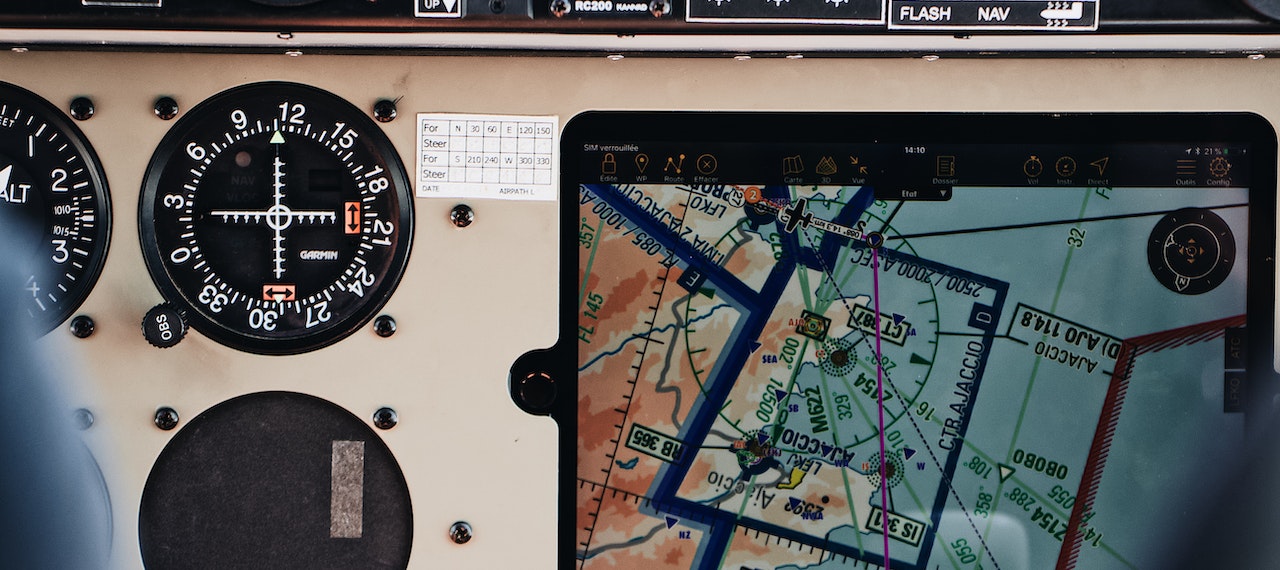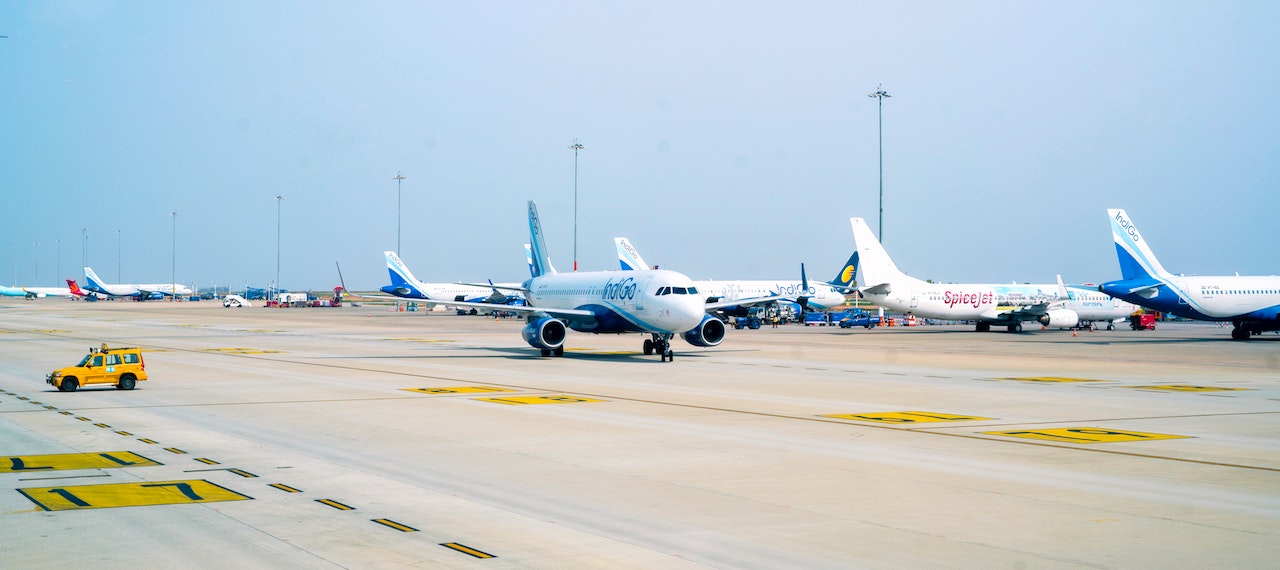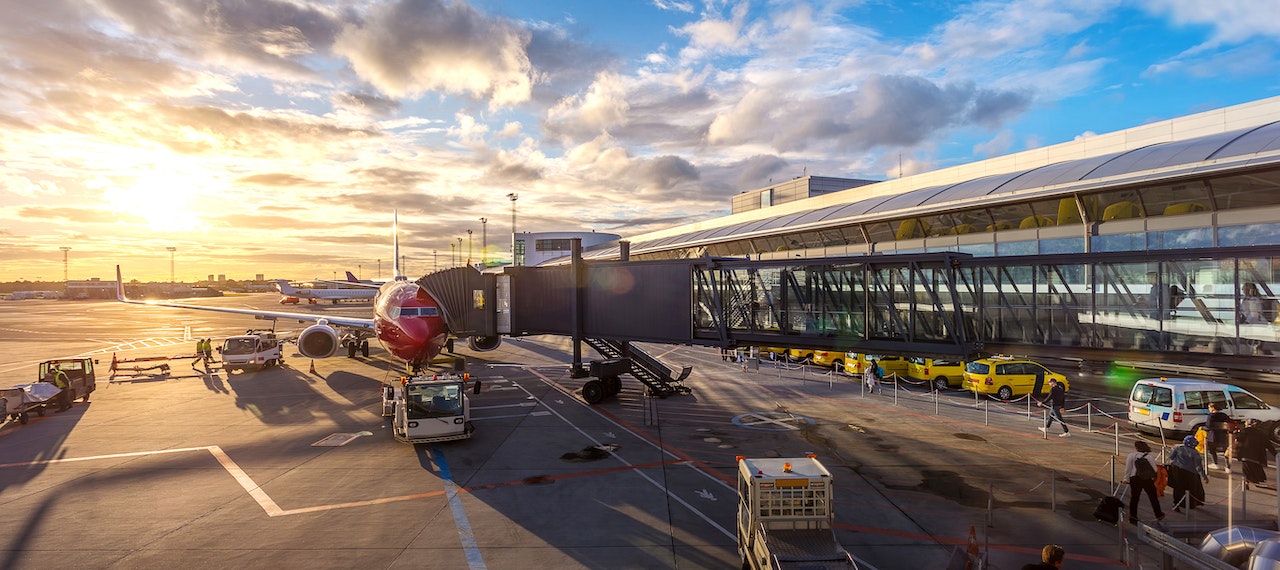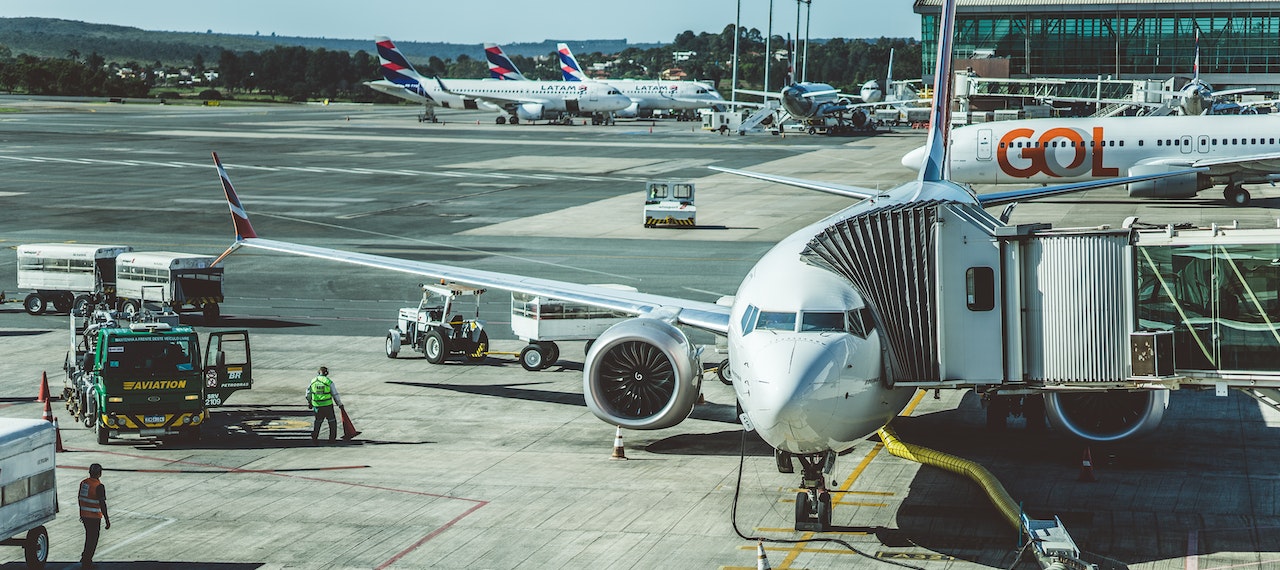The magic of flight has always been a fascinating topic, full of intrigue and wonder. As we book our flights and plan our journeys, one aspect that often gets overlooked is flight tracking. Despite its immense utility, many passengers are not fully aware of how flight tracking works. This blog aims to provide an inside look into this dynamic process, detailing how airlines track flights across the globe.
The Basics of Flight Tracking
In its simplest form, flight tracking is a service that involves monitoring the progress of flights from one point to another. Airlines, air traffic control (ATC), and sometimes even passengers, can track flights in real-time. This monitoring is crucial not just for scheduling and safety, but also for effectively managing the busy airspace and ensuring smooth operations at airports.
The Technology Behind Flight Tracking
Two primary technologies used in flights tracking are radar and satellite. Initially, flights were tracked using radar technology, a system that dates back to World War II. Ground-based radar systems send out pulses of radio waves, which bounce back after hitting an object, like an airplane. By measuring the time taken for the signal to return, the system can determine the distance and direction of the flight.
However, the radar system has its limitations. For instance, radar coverage is not universal, especially over oceans or remote areas. This is where satellite technology comes into play. Modern flights are equipped with ADS-B (Automatic Dependent Surveillance-Broadcast) transponders, which broadcast information about the aircraft's identity, current position, altitude, and speed to satellites and ground stations. This allows airlines and air traffic control to track flights anywhere in the world.
Role of Air Traffic Control
Air traffic control plays a crucial role in flight tracking. The ATC is responsible for managing the flow of flights in the airspace, ensuring that planes maintain safe distances from each other. Using flight tracking data, they can monitor the precise location, direction, and speed of every aircraft in their designated airspace. This continuous monitoring allows them to give instructions to pilots, helping to prevent mid-air collisions and efficiently manage traffic during takeoff, cruising, and landing.
Flight Tracking for Passengers
Real-time flight tracking isn't just for airlines and ATC. Passengers too can track flights through various online platforms and mobile apps. These tools utilize the data from ADS-B transponders and provide real-time updates about the status of flights. Passengers can check the scheduled departure, estimated arrival time, current altitude, speed, and even the exact location of the flight over a map.
How Airlines Use Flight Tracking Data
Airlines use flight tracking data in numerous ways to enhance their operations and improve passenger experience. Flight tracking data can help airlines identify potential delays and communicate timely information to passengers. It is also used in optimizing flight paths, saving fuel, and reducing the carbon footprint of flights.
In the event of unexpected weather conditions, flight tracking allows airlines to reroute flights safely and efficiently. In addition, airlines analyze historical flight tracking data to improve their schedules and operations.
flight tracking is a dynamic and essential aspect of aviation, working silently in the background to ensure the smooth functioning of flights and airlines. The complex dance of aircraft in the sky, carefully choreographed with the help of flight-tracking technologies, is a testament to human innovation. The next time you board a flight or watch a plane soar overhead, you'll have a better understanding of the intricate systems working to guide it on its journey.

.png)
.jpg)




.jpg)
